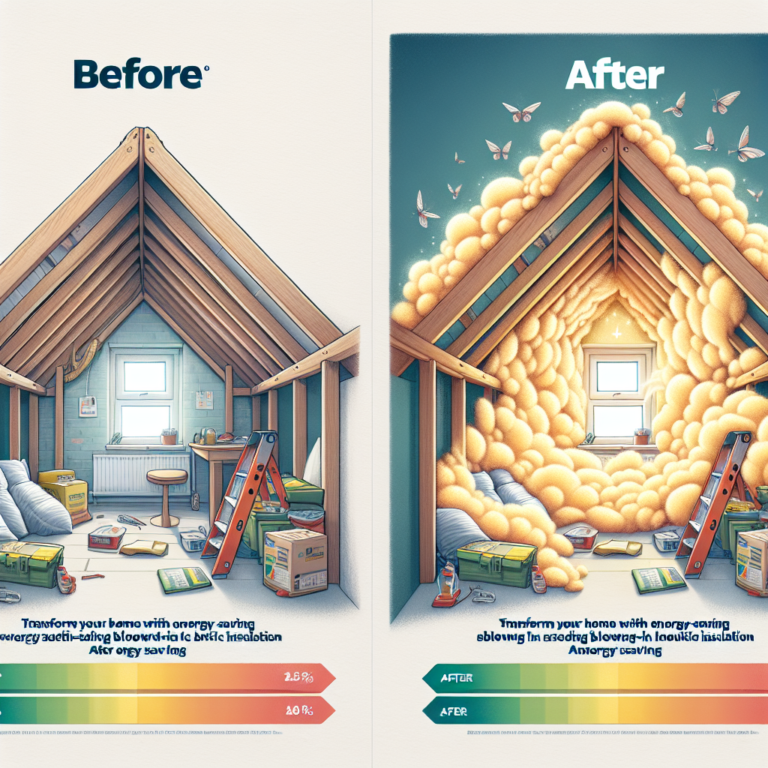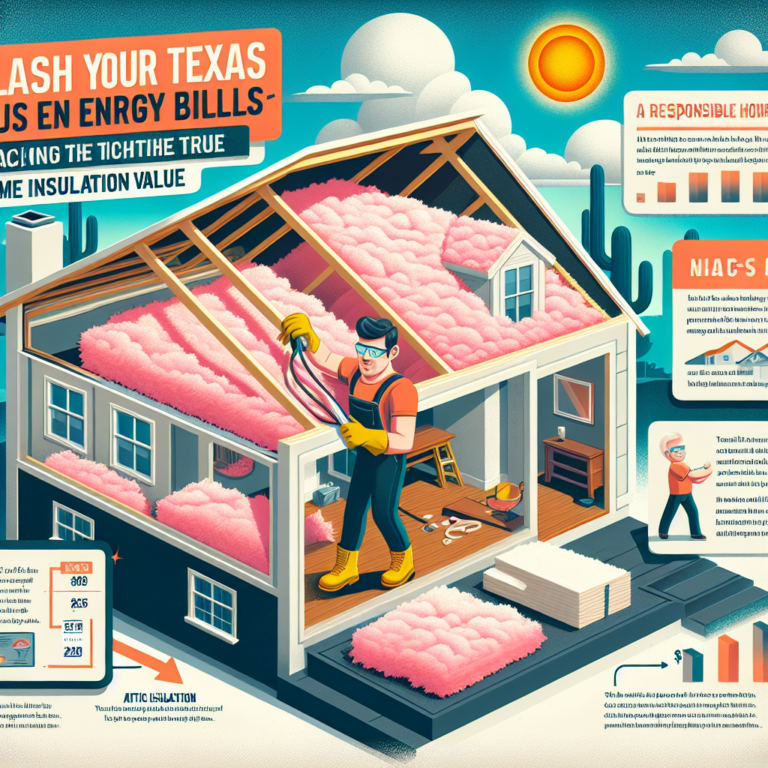Transform Your Attic with Yellow Blown In Insulation: Affordable Cost Revealed!
Introduction
Upgrading your home’s insulation is one of the smartest investments you can make—and yellow blown in insulation delivers exceptional performance at a budget-friendly price. By filling every nook and cranny of your attic, this eco-friendly cellulose insulation keeps your living spaces comfortable year-round, reduces energy bills, and even dampens noise. In this article, we’ll explore why yellow blown in insulation is rapidly gaining popularity, break down the factors that influence installation costs, and help you decide if this upgrade is worth every penny.
H2: Why Yellow Blown In Insulation Is a Game-Changer
• High R-Value: With an R-value of 3.2 to 3.8 per inch, yellow blown in insulation offers superior resistance to heat flow compared to traditional fiberglass batts. This means more effective temperature control—cooler summers, warmer winters—and lower utility bills.
• Complete Coverage: The loose-fill cellulose is blown in with specialized machinery, penetrating tight spaces, irregular joists, and corners that other insulation types miss. The result is a continuous thermal barrier with no gaps or cold spots.
• Eco-Friendly and Fire-Resistant: Made from recycled paper products and treated with non-toxic flame retardants, yellow blown in insulation repurposes waste while meeting stringent fire safety standards.
• Soundproofing Benefits: The dense, fibrous structure absorbs sound waves, cutting down on outside noise and creating a quieter indoor environment—ideal for homes near busy streets or noisy neighborhoods.
H2: Understanding Attic Insulation Costs: Key Factors to Consider
Several variables influence the total investment required for yellow blown in insulation:
1. Attic Size and Layout
– Larger attics require more material and labor. Irregular layouts or tight crawlspaces can add complexity and time.
2. Desired Insulation Depth
– Energy codes and climate zones dictate recommended R-values. Achieving higher R-values may require thicker layers of insulation, increasing material costs.
3. Existing Insulation Removal
– If you’re replacing old or damaged insulation, factor in the cost of safe removal and disposal. This typically runs between $0.50 and $1.00 per square foot.
4. Accessibility and Preparation
– Attics with limited access (narrow staircases, small trapdoors) may incur extra labor charges. Pre-installation repairs—sealing air leaks, adding attic vents, fixing roof leaks—also add to the bill.
5. Regional Labor Rates
– Insulation prices vary by region based on local labor rates, permit costs, and availability of insulation contractors. Always obtain multiple quotes to compare.
On average, homeowners report paying between $1.50 and $3.50 per square foot for professional yellow blown in insulation installation. While this initial outlay may seem substantial, rebates and incentives from utility companies or government programs can often offset 10–30% of the cost.
H2: Maximizing Energy Efficiency with Yellow Blown In Insulation
Is the investment in yellow blown in insulation worth it? Consider these long-term benefits:
• Reduced Energy Bills: Properly insulated attics can cut heating and cooling costs by up to 20%. Savings typically recoup the upfront expense within 3–5 years.
• Enhanced Comfort: Even temperatures throughout the house eliminate hot or cold spots, reduce HVAC wear-and-tear, and extend the lifespan of your system.
• Health and Air Quality: Sealing air leaks prevents dust, pollen, and moisture from entering the home, reducing mold growth and improving indoor air quality.
• Increased Home Value: Energy-efficient homes attract buyers and command higher resale prices. A well-insulated attic is a strong selling point in any real-estate market.
H2: Frequently Asked Questions
Q1: How long does installation take?
A1: A standard attic (around 1,000 sq. ft.) can typically be insulated within a single day by a two-person crew, including setup and cleanup.
Q2: Will yellow blown in insulation settle over time?
A2: Unlike some loose-fill materials, cellulose maintains its shape and R-value for decades with minimal settling. A slight initial settlement is accounted for in installation depth.
Q3: Are there any health risks during installation?
A3: Professional installers wear protective gear to minimize dust exposure. Once installed, the insulation poses no health risk and is non-allergenic.
Conclusion
Transforming your attic with yellow blown in insulation is an affordable, eco-friendly way to enhance comfort, slash energy bills, and boost your home’s value. By understanding the factors that drive installation costs and tapping into available rebates, you can make a cost-effective upgrade that pays dividends for years to come. If you’re ready to lock in energy savings and year-round comfort, yellow blown in insulation is the clear choice for a smarter, cozier home.












